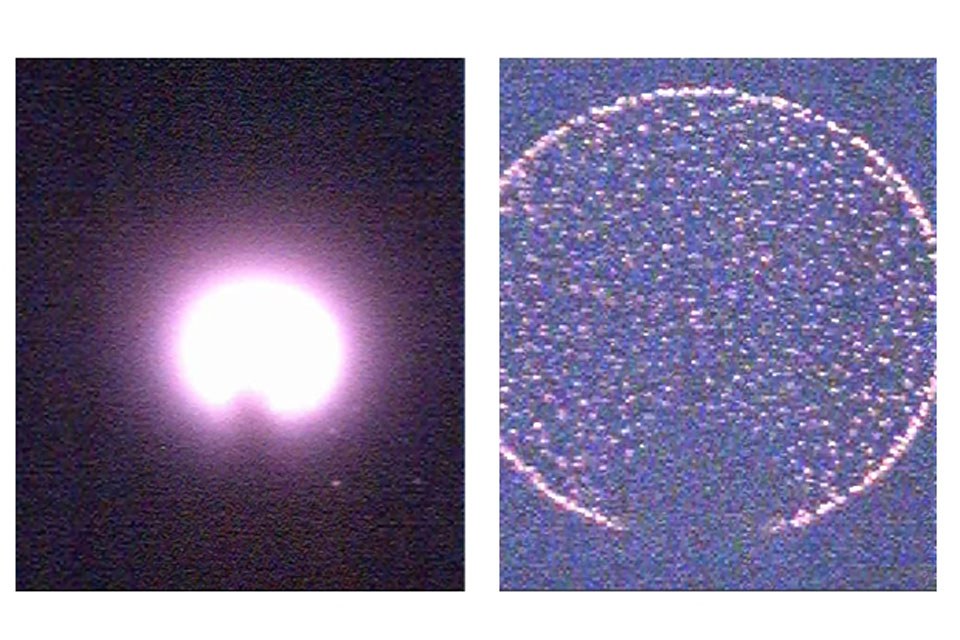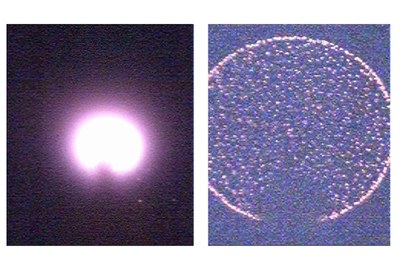University Claims Development of Revolutionary New Zirconium-Doped Hafnium Oxide based Low-Cost LED
Professor Yue Kuo of the Artie McFerrin Department of Chemical Engineering at Texas A&M University has fabricated a new type of LED, capable of producing a wide spectrum light while operating for long periods of time at atmospheric conditions. This device is based on a new concept of light emission from an ultra-thin amorphous dielectric layer.
Thomas Edison invented the first incandescent light bulb 130 years ago, which greatly contributed to the advancement of civilization. However, that technology is antiquated, economically inefficient to operate, and fragile.
Fluorescent lights are energy efficient but they are bulky and have to ‘warm-up’ when turned on. Their bulbs contain phosphorus and mercury, which are toxic to the environment. Today’s LED lights are also energy friendly but are expensive and difficult to manufacture. The process to make conventional LEDs is very complicated, as it involves the growth of single crystal layers on the single crystal substrate. Each layer has to contain low defects for it to work. The cost of LED lights is usually ten times the cost of the incandescent bulb, because the equipment to produce them is expensive, the raw materials are expensive, and the environmental and safety issues are critical. Another disadvantage of the current LEDs is they do not produce white light from a single chip. This requires extra manipulation, such as using a set of 3 chips emitting different lights or adding a phosphors material to the blue or UV chip to produce the white light.
An article published in Applied Physics Letters, describes the light emission mechanism, characteristics of the emission spectrum, fabrication method, and the operation parameter effects on this type of LED. The device was fabricated with the room-temperature sputter deposition method on a silicon wafer. The light emission intensity could be enhanced with a nanocrystal layer embedded in the dielectric film. Most importantly, the complete process and materials are compatible with the existing IC fabrication facility.
“ There is a need for a new type of LED that is: low cost, long operation life, small in size, emits white light, and easy to fabricate with environmentally friendly materials and process.” Dr. Kuo says. “ What makes this new LED unique is it meets all of these requirements plus it is extremely easy to fabricate with the existing equipment in all semiconductor fabs.”
New LEDThe light emitted is composed of small bright dots evenly distributed across the electrode surface. The input voltage controls the intensity or brightness of the LED. Dr. Kuo is very optimistic with the results of his findings. “We have discovered this phenomenon and studied this kind of LED for more than a year. It can be operated continuously for more than ten hours. A longer operation time is expected.”
Kuo ‘s discovery has larger implications than just lighting. These LEDs could potentially be integrated into a computer processor; dramatically increasing the speed by transporting signals optically rather than by electrons through copper lines. They could have use in various industries, entertainment, medical, commercial, and military areas due to the compact size and low cost.
The news was originally published from the Artie McFerrin Department of Chemical Engineering at http://www.che.tamu.edu/news/2013/01/28/dr-yue-kuo's-new-led/


